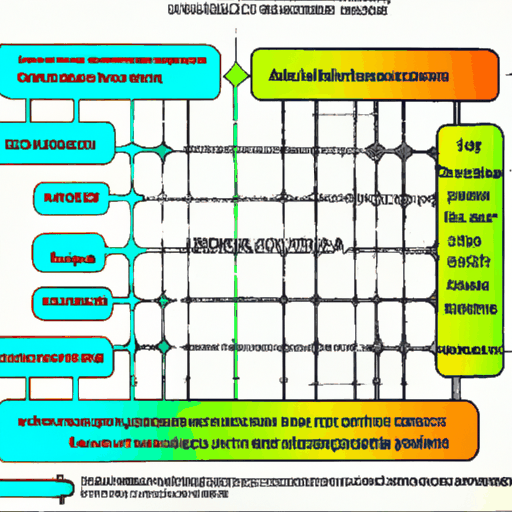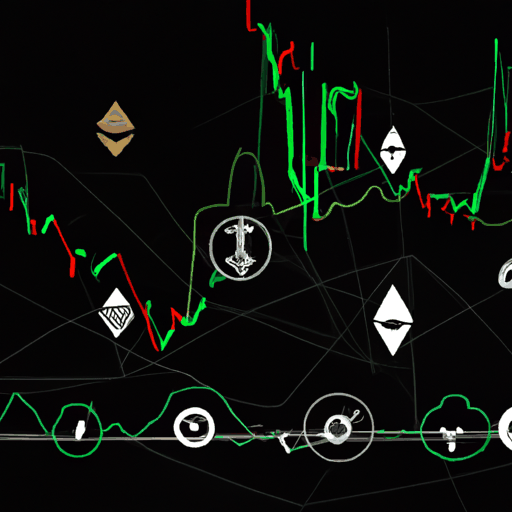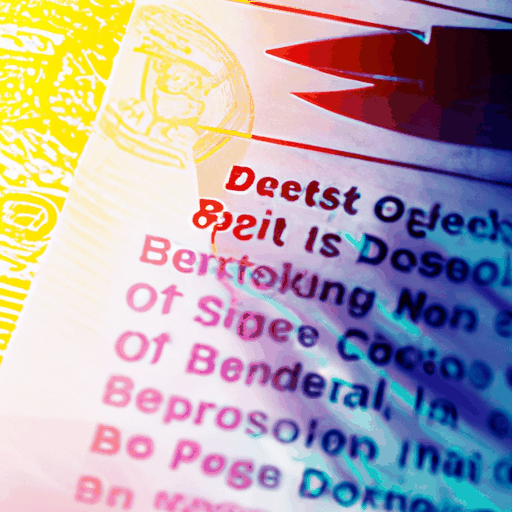
Solana ETFs Remain a Focal Point Despite Regulatory Challenges
By: Isha Das
The cryptocurrency community is abuzz with recent developments regarding Solana's exchange-traded funds (ETFs). Brazil has greenlit its second Solana-based ETF, signaling growing international acceptance of the blockchain asset. This follows the initial introduction of a Solana ETF in the country, bolstering confidence in the digital currency's potential.
Adding to the momentum, VanEck, a prominent asset management firm, reaffirmed its commitment to launching a Solana ETF in the United States. Despite the removal of their 19b-4 form from the Chicago Board Options Exchange (Cboe) website — a move that had raised concerns within the crypto community — VanEck's head of digital assets research, Matthew Sigel, clarified that their S-1 registration statements remain under review. These forms are crucial for ETF approval, providing necessary information to regulatory bodies for listing new ETFs.
In clarifying the situation, Sigel emphasized that exchanges like Nasdaq and Cboe handle rule changes for new ETFs, while issuers, such as VanEck, are responsible for the prospectus. This division of responsibilities means that, despite recent setbacks, the prospect of a Solana ETF is still very much alive. He also reiterated VanEck’s position that Solana should be treated as a commodity, similar to Bitcoin and Ethereum, which have both seen successful spot ETF approvals.
The classification of Solana's SOL token as a security remains a contentious issue. However, legal perspectives are evolving, with a growing recognition that digital assets might function as securities in primary markets but behave more like commodities in secondary markets. Sigel pointed to Solana's strides in decentralization as further justification for its classification as a commodity. The top 100 holders now control about 27% of the supply — a significant reduction compared to previous figures — and the top 10 addresses control less than 9%. This enhanced decentralization, along with innovations like the upcoming Firedancer client, poised to fortify Solana's network, supports VanEck’s argument.
Sigel concluded that such a robust, decentralized structure, along with SOL’s practical utility and economic significance, positions it alongside major digital commodities like BTC and ETH. This ongoing regulatory uncertainty highlights the broader dialogue about the classification and regulation of digital assets, with Solana being a focal point of these discussions. The continued interest and activity in Solana ETFs underscore the dynamic and rapidly evolving landscape of the crypto and blockchain sectors.



